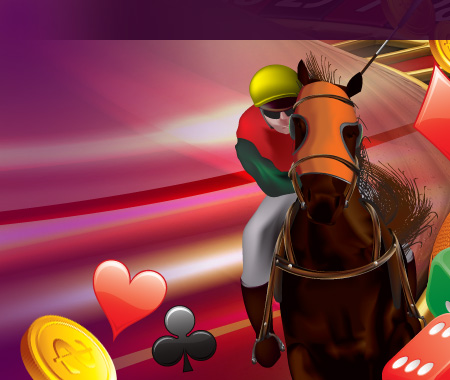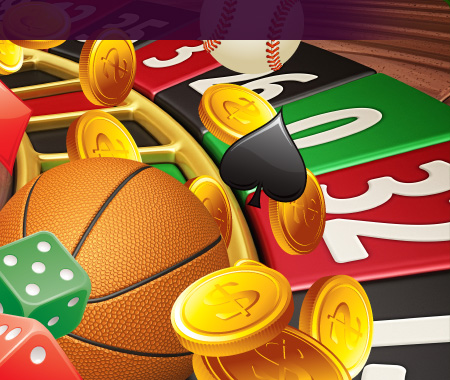Jacks or Better Strategy
Dear Mark,
Normally I play Jacks-or-better video poker. I am always on the hunt for 9/6 machines, which by the way are getting very tough to find, or those with an 8/5 paytable. The casino where I play also has 7/5 and 6/5 machines. How much is the player giving up if they play on machines that pay less for a full house and a flush than 9/6? Barb D.
With video poker, Barb, you can actually see the price and financial return you can expect when playing the game. That's why I've used more than my share of ink writing about shopping for value and playing on video poker machines with the best paytables as useful Jacks or Better strategy.
Paytables, or pay schedules, which are always posted somewhere on the machine, tell you what each winning hand will pay for the number of coins played. Casinos can "loosen" or "tighten" the return of a game by manipulating the number of coins won on certain pay categories. For Jacks-or-better, it's the full house/flush numbers that are the primary indicator of a machine's payback percentage.
A 9/6 machine makes the payback, or return of 9 units or a full house and 6 units for a flush, with one coin inserted. A 9/6 Jacks-or-better paytable should look like this:
- Royal Flush 250
- Straight Flush 50
- Four of a Kind 25
- Full House 9
- Flush 6
- Straight 4
- Three of a Kind 3
- Two Pair 2
- Jacks or Better 1
One caveat though, Barb: the payback percentages listed below are based on thousands of hands of video poker, and include hitting an elusive royal flush. They are not based on your personal gambling timeline such as downing two Bloody Marys' or burning through a roll of quarters.
A 6/5 machine (six for a full house, five for a flush) returns 95.00%; a 7/5 machine 96.15%; an 8/5, 97.30%; an 8/6, 98.39%; a 9/5, 98.45%; and that phantom 9/6 machine 99.54%.
Dear Mark,
In poker, what are your thoughts about a player requesting that the dealer to show the next card, even if the hand is officially dead? The group of a dozen or so I normally play with has three players who want to see the next card or cards that could have made their hand. I, on the other hand, believe once the hand is over, it's over, and if a player really wants to see the next card then that player should have bet. We'll go by your ruling. Melvin G.
I'm with you, Mel. "What if" players should shove their chips in the middle if they want to see whether they would have hit their straight, flush, four-of-a-kind, etc.
In gamblese, it's called rabbit hunting, where you ask a dealer to show you the next card(s), even though a player has already won the pot without a showdown, and the hand is over.
Most card clubs, casinos and poker tournaments prohibit rabbit hunting, although I have played in a few games where rabbit hunting is permitted, once all live hands have been surrendered to the dealer.
I have found that when you permit a look-see at the "next" card(s) of an unmatched wager, the privilege is always abused. Solution for your kitchen table game: allow it, but, if a player really wants to know whether he/she could have won by staying in the hand longer, a contribution is called for - one, possibly two additional betting units to the next pot. That should keep those curious sorts from having a dealer deal the flop, turn or river cards to see what would have, should have, could have been.
FROM OUR EMAIL
- Black Jack Tips
- Craps Strategies
- Four Card Poker
- Jacks or Better Basic Strategy
- Roulette Strategies
- Slot Machine Strategies
- Video Poker Tip



